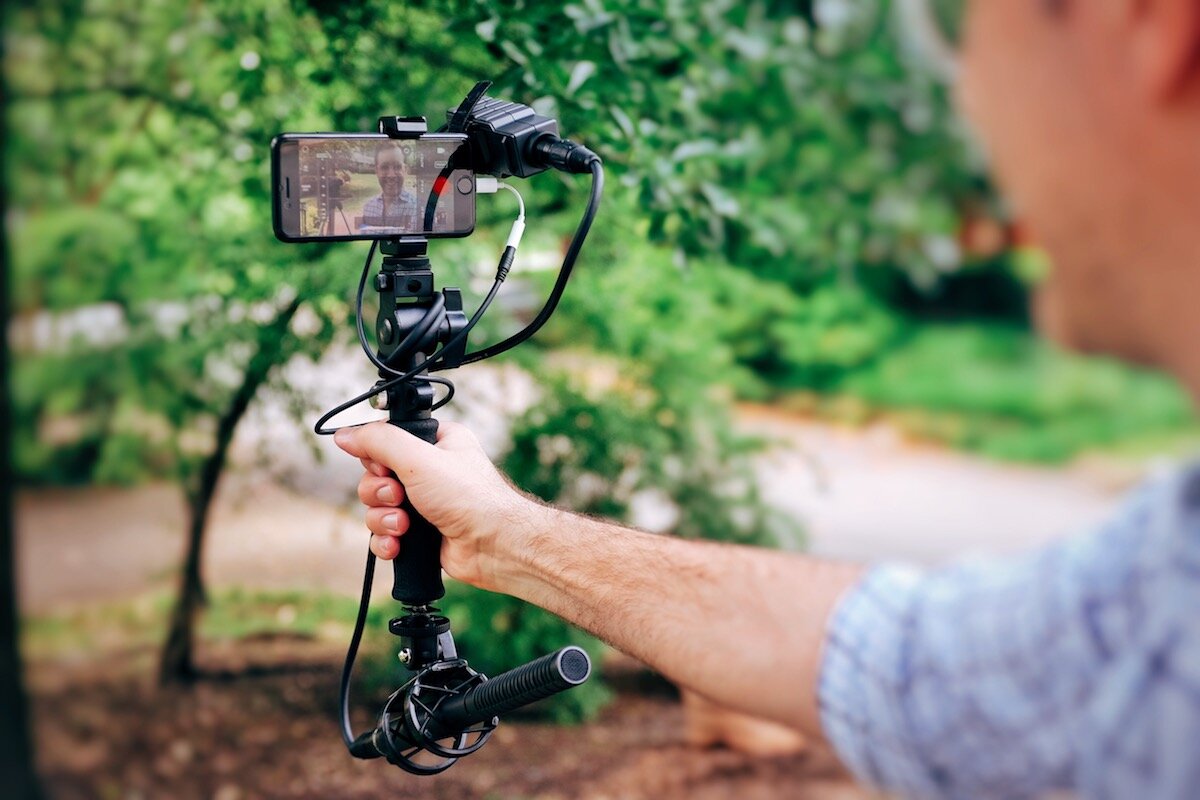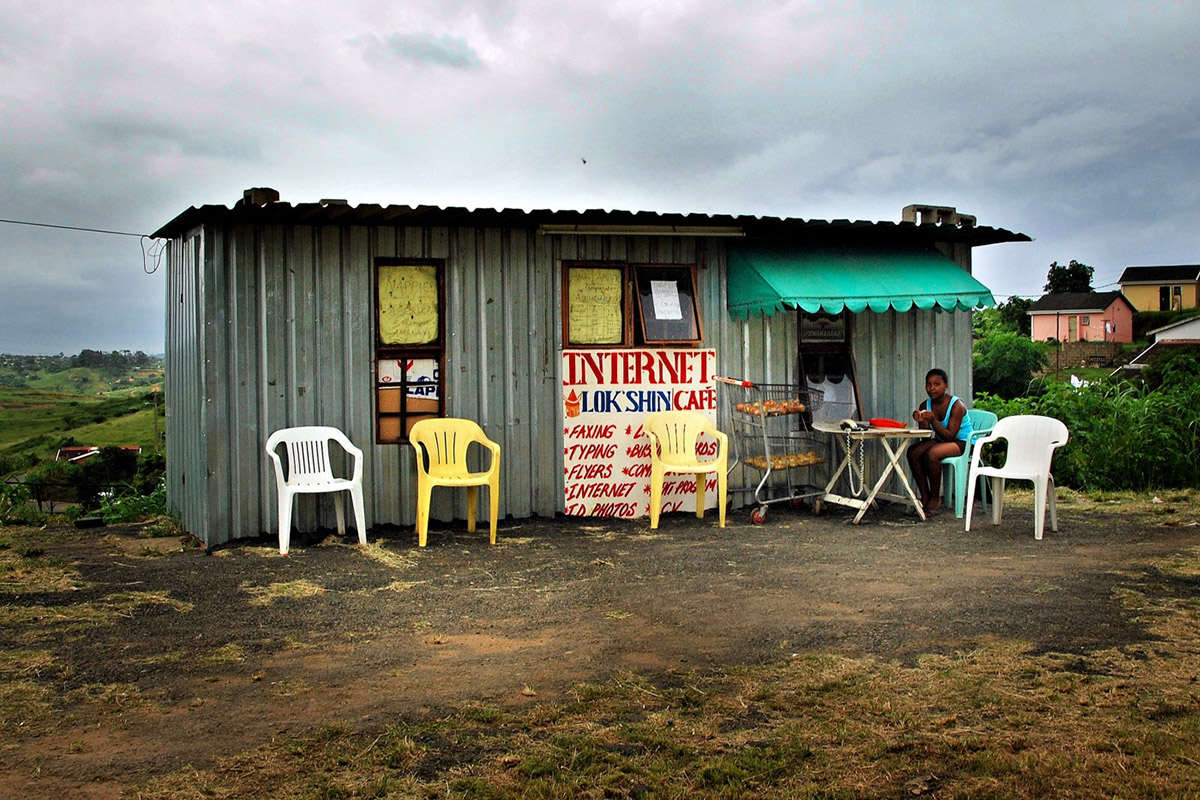Have Really Come a Long Way from Gutenberg?
Disseminating information arguably started with verbal storytelling, singing songs, and conversations. Absent technology, this act is transitory or short-lived. The transmitter of knowledge and receiver must be at the same place at the same time and within earshot of each other. Outside these parameters, communication is impossible. Then came writing implements resulting in images and characters on things like caves, rocks, and other durable objects making it possible to communicate across time. The problem is, the receiver of information needs to be at the location of the message to receive. The printing press, which was invented in 1440 by Johannes Gutenberg, resulted in a revolutionary change (Wheeler, 2019). The manner in which information could be disseminated. Suddenly, the availability of printed, books, newspapers, libraries, and pamphlets made it possible for ideas and knowledge to travel to a greater number of people, at least those who could read and have access to these materials.
With the invention of radio, television, and finally the internet, the innovations brought forth even more revolutionary advancements in the broadcast of knowledge. Radio and television ushered an information society with its ability to instantly disseminate information across a huge geographic area (Borgman, 2003). Accessibility was improved since one need not know how to read, but must understand the spoken language. A few years later, the invention of the internet enabled individuals to communicate with one another across continents and made it possible for information to be transmitted but exchanged in real-time. Today, sharing information is a cinch and we have the exponential proliferation of mobile devices connected to the internet to thank. Through the use of social media, just about anyone can broadcast their messages to the entire world. Podcasts and video blogs make it possible for content to reach audiences who demand them.
This seeming instant dissemination of information in our modern world gives me something to be concerned about. To begin, fake news and inaccurate information have the potential to quickly spread through digital media (Vosoughi et al., 2018). Online content is not always checked for accuracy. Second, the sheer volume of information accessible online can be overwhelming. I enjoy cooking and browsing any number of podcasts and vodcasts on this topic alone can cause feelings of confusion making it difficult to sense of the large quantity outlets available. Third, not everyone is able to adopt newly developed technology at the same rate. People in this country along with those in developed nations are at an advantage compared to people in developing nations where access to information is further down the list compared to basic necessities like drinking water.
We must not lose sight of the digital gap even as technological advancements continue. Ideally, all people regardless of age, income brackets, and geographical locations should be able to have access to technologies and platforms. For those who already have access or are likely to have access, I wonder if critical thinking is a skill regularly practiced when consuming information. If there are indications that the rate of technological innovation will slow down in the near future, please let me know.
References
Borgman, C. L. (2003). From Gutenberg to the global information infrastructure: access to information in the networked world. Mit Press.
Vosoughi, S., Roy, D., & Aral, S. (2018). The spread of true and false news online. science, 359(6380), 1146-1151.
Wheeler, T. (2019). From gutenberg to google: The history of our future. Brookings Institution Press.



Comments
Post a Comment